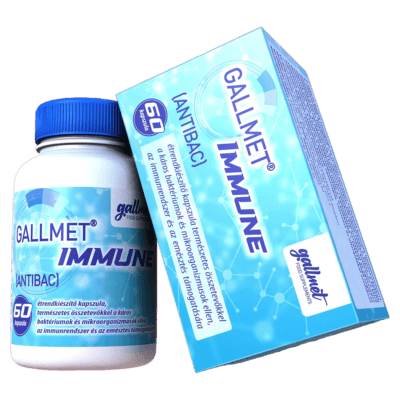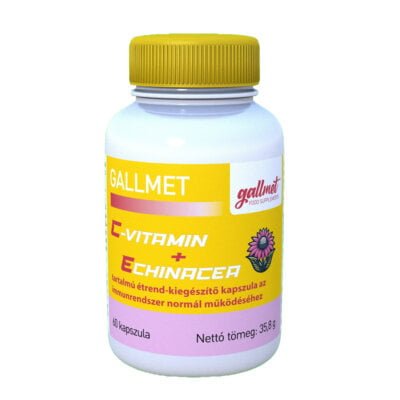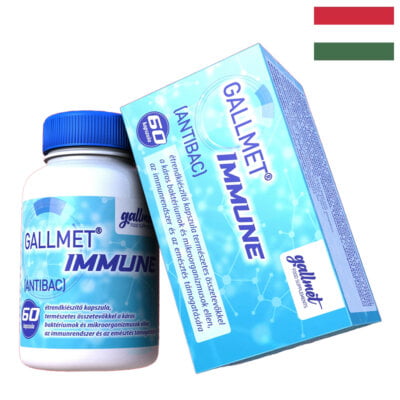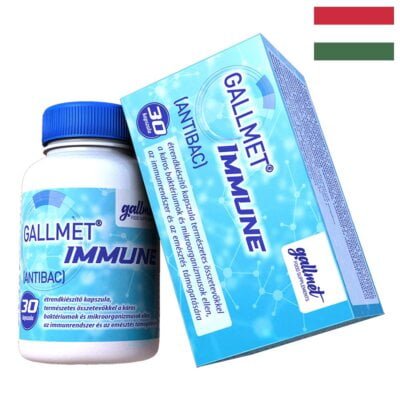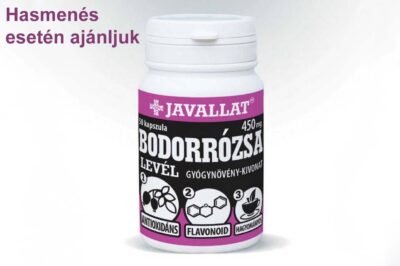Allicin as add-on therapy for Helicobacter pylori infection: A systematic review and meta-analysis
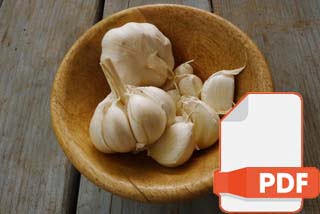
Download PDF
ABSTRACT
Background:
Allicin (2-propene-1-sulfinothioic acid S-2-propenyl ester, diallyl thiosulfinate) extracted from garlic, has proven activity against Helicobacter pylori (H. Pylori) infection. In recent years, clinical trials have explored its utility as an add-on therapy with variable outcomes reported.
AIM:
To perform a systemic review of allicin as an add-on treatment for H. Pylori infection and assess its efficacy in randomized controlled trials (RCTs).
Methods:
Electronic databases including MEDLINE, EMBASE, the Web of Science, the Cochrane Database, the China National Knowledge Infrastructure Database, Chinese VIP Information Databases, Chinese Medical Databases, and the Wan-Fang Database were searched for keywords including “allicin”, “Helicobacter pylori”, “randomized clinical trials”, and their synonyms. A meta-analysis was performed using the fixed-effects model for low heterogeneity and the randomeffects model for high heterogeneity with sensitivity analysis. Bias was evaluated using Egger’s tests. Trial sequential analysis (TSA) was used to evaluate information size and treatment benefits. The Grading of Recommendations Assessment, Development and Evaluation (GRADE) was used to assess the level of quality, and studies were classed as “high quality”, “moderate quality”, “low quality”, and “very low quality”.
Results:
A total of eight RCTs consisting of 867 participants (435 from the allicin group and 432 from the control group) were included. Eradication rate in the allicin group (93.33%, 406/435) was significantly higher than that of the control group (83.56%, 361/432) [I2 = 0%, odds ratio (OR) = 2.75, 95% confidence interval (CI): 1.74-4.35, P < 0.001]. The healing rate of ulcers following H. pylori therapy in the allicin group (86.17%, 349/405) was significantly higher than that of the control group (75.87%, 305/402) [I2 = 0%, OR = 2.05, 95%CI: 1.39-3.03, P < 0.001]. The total remission rate of peptic ulcers across all allicin groups was 95.99%, which was significantly higher than that of controls [95.99% (359/374) vs 89.25% (332/372), I2 = 0, heterogeneity P = 0.84, OR = 3.13, 95%CI: 1.51-6.51, P =0.002]. No significant differences in side effects were observed. TSA suggested that the trials were of sufficient standard to draw reliable conclusions. The quality of outcomes including eradication rates and side effects was graded as “very low” due to downgrades for “risk of bias” and “indirectness”. Other outcomes such as ulcer healing rates and total ulcer remission rates were graded as "low" due to downgrades for “risk of bias”.Source: https://pubmed.ncbi.nlm.nih.gov/31660038/
Proszę kliknąć ikonę [drukuj mnie], aby wydrukować stronę

